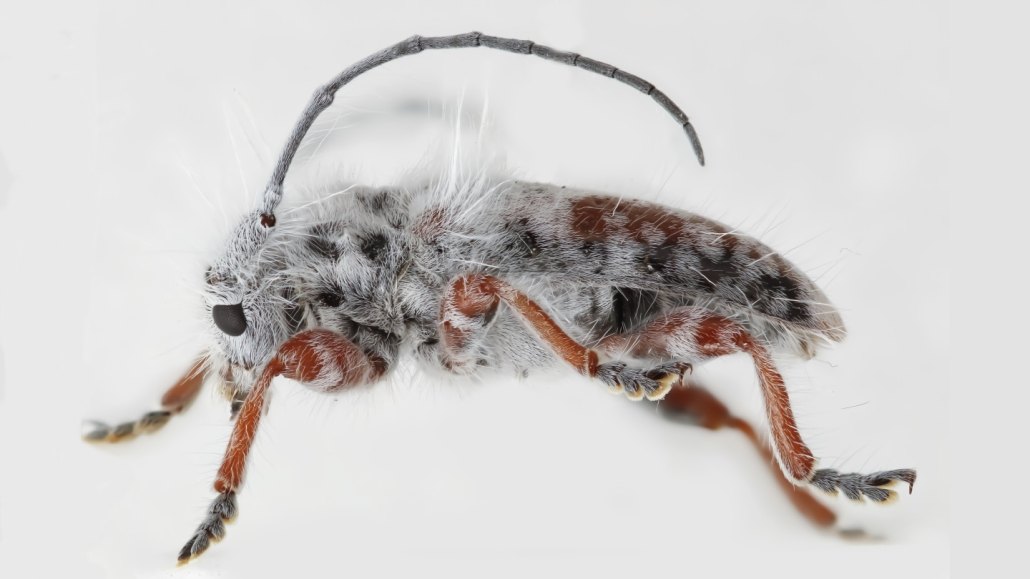
White hairs adorn the body of this longhorn beetle from Australia. The unusual fluff and other unique physical traits indicated to scientists that the insect is a species new to science.
Lingzi Zhou/Australian National Insect Collection

White hairs adorn the body of this longhorn beetle from Australia. The unusual fluff and other unique physical traits indicated to scientists that the insect is a species new to science.
Lingzi Zhou/Australian National Insect Collection